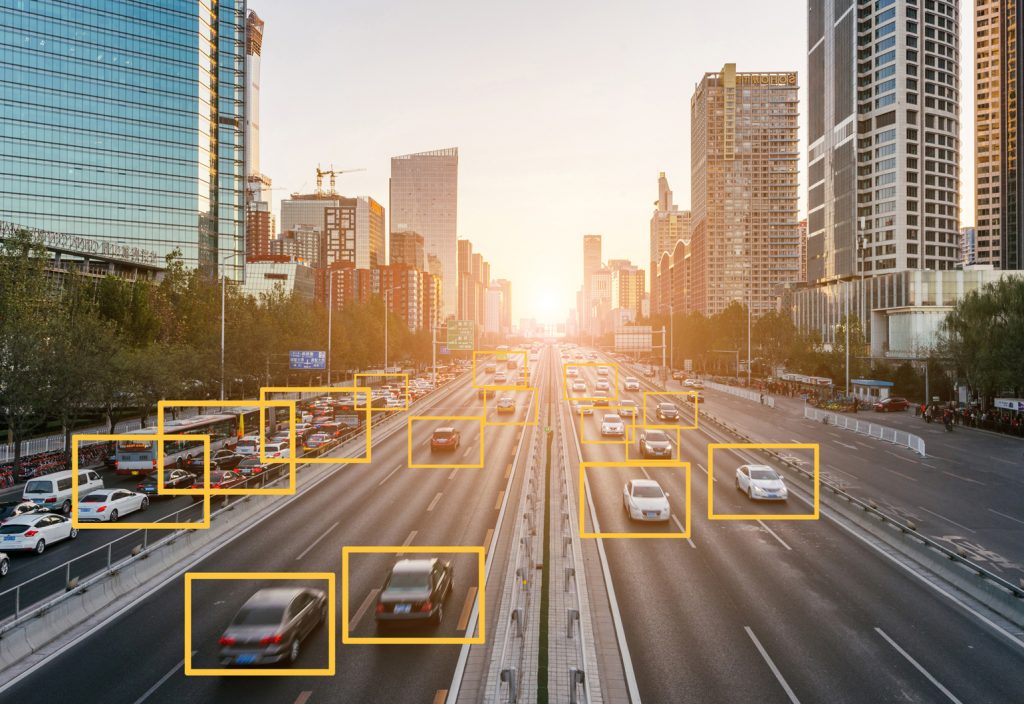We know driverless cars will disrupt the transport industry, but what about the cities in which they work?
The world of future generations will no doubt be vastly different from ours in many ways. Urbanisation is on the rise, as is the prevalence of autonomous technology. And these two trends merge when we think about the effect of driverless cars on urban areas.
A study conducted by Edmunds showed people aged 33 and under are pretty receptive to the idea, with well over 60 per cent open to getting a driverless car in 10 years or less. This is quite significant, highlighting the willingness of more recent generations to embrace this technology compared to older age groups: people aged 55-64 and 65+ where only about 40 per cent open to getting a driverless car in 10 years or less.
What will cities of the future look like when autonomous cars become the norm? Here are five ways this technology will affect city design, operations and the lives of city dwellers.
1. The way we view transport
According to the 2016 Census of Population and Housing, more than two-thirds (69 per cent) of the country’s working population commute by car every day to work, with another 5 per cent riding along as passengers. In fact, data from the 2011 Household, Income and Labour Dynamics in Australia (HILDA) survey found that Sydneysiders spent an average of almost six hours per week on their daily commute, with the other states and territories recording between two and five hours.
The disruptive thing about driverless cars is that once commuters no longer need to spend that amount of time focusing on the road, new opportunities emerge. Time spent travelling from one place to another can now be used for more meaningful activities.
People can work remotely while travelling to and from work. Exercising, reading or even sleeping while ‘driving’ are now options, which will lead to a change in city occupant’s behaviours and their lifestyle preferences.
2. Massive amounts of data
AECOM Director of Cities and Urban Development Chris Choa said: “In the future, a vehicle will increasingly be a data platform that is motorised rather than a conventional vehicle that has intelligent features. But the greatest changes will occur when a majority of vehicles are networked – when they communicate and respond with each other.”
Intel CEO Brian Krzanich quantified this. According to him, each driverless car on the road will generate about as much data as 3000 people. This is because the car will need to receive and act upon streams of data, ranging from road conditions and hazards, to surrounding traffic circumstances and information about locations and stop times.
Future cities will need to be designed to facilitate the transmission of such massive amounts of data to monitor road traffic and conditions, and to enable autonomous cars to navigate safely through the streets.
3. Cyber security and privacy issues
Due to the large amounts of data generated and collected by driverless cars, they are also a prime target for cyber criminals who would easily be able to access personal details, information about the driver’s usual routes and more.
This issue is exacerbated due to the complex functionality and multiple scenarios the car’s smart system must deal with, resulting in millions and millions of lines of code. This makes it difficult for security testers and auditors to check for the safety and robustness of the operating system, and whether it complies with safety rules.
Cities that want to embrace driverless cars will need to adopt legislation and standards to help industry launch safe and secure vehicle designs on the road.
4. Change of design and usage of city infrastructure
Another way driverless cars will affect city operations is they will change how future transportation infrastructure is designed and built.
For example, parking space required for vehicles would be greatly reduced because there’s no need to leave space for driver and passenger to exit the vehicle. Research done by the University of Toronto’s Transportation Research Institute showed autonomous vehicle car parks can decrease the need for parking space by an average of 62 per cent and a maximum of 87 per cent.
Existing buildings heavily reliant on car park revenue will also need to adapt, such as Australia’s airports. For Sydney and Melbourne’s main airports, revenue from car parking spaces in 2016-17 accounted for 21.2 per cent and 32.3 per cent of total profit, respectively. Instead of driving directly to the airport, people will simply opt for driverless options, implying significant changes for such operators.
Given the complexity and technical capability required to operate driverless vehicles, this also creates city infrastructure upgrade and investment opportunities, such as the enhancement of existing road networks, improvements in utilities and telecommunications provision within cities.
5. Change in the job market and skills in demand
Another aspect core to city operations is the employment scene, where the uptake of driverless technology will undoubtedly cause changes in efficiencies and call for the redeployment of skilled personnel.
Futurist thinker Thomas Frey predicts at least 128 occupations will disappear during the driverless car era as the focus will shift more towards the passenger experience. However, new jobs will also arise, such as luxury vehicle designers, driverless operating system engineers and traffic system engineers.
Both cities and companies will need to be agile in adapting to new changes taking place in the future of transport and training their workforce to be able to embrace new challenges that will come alongside a driverless future for citizens worldwide.
